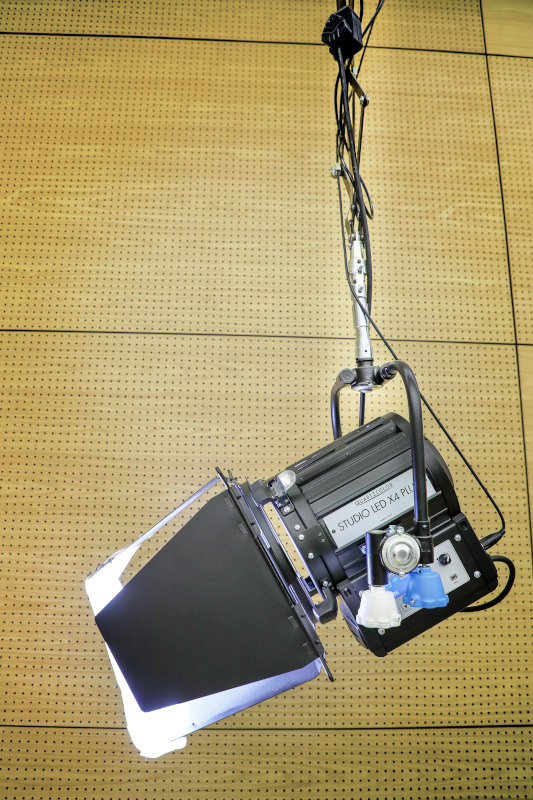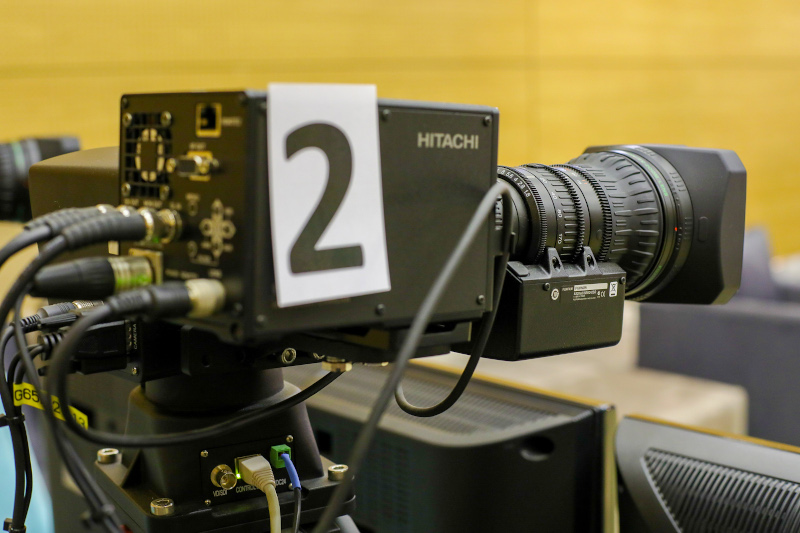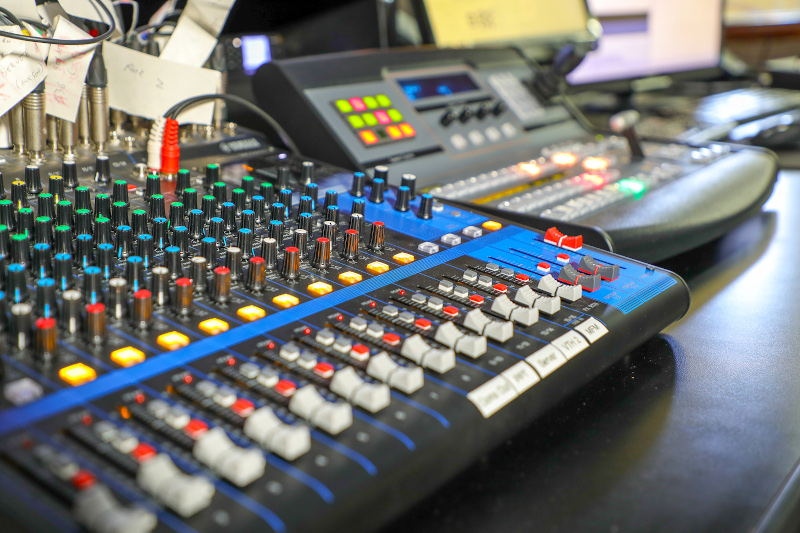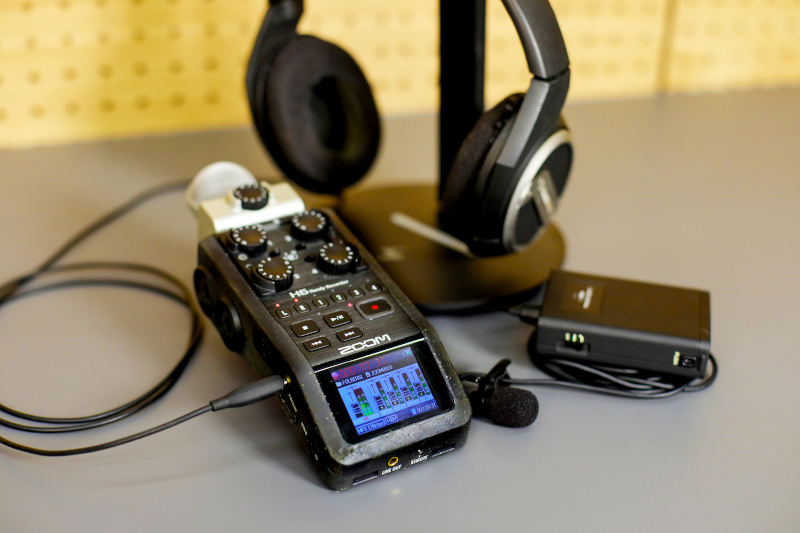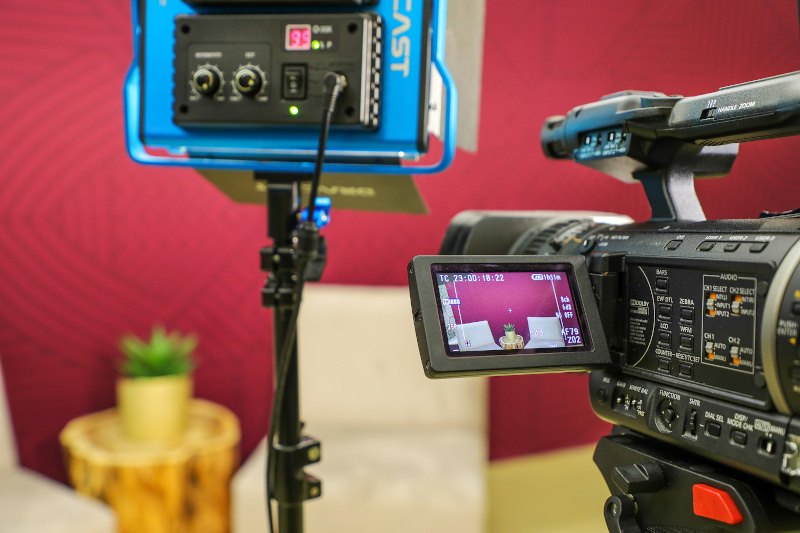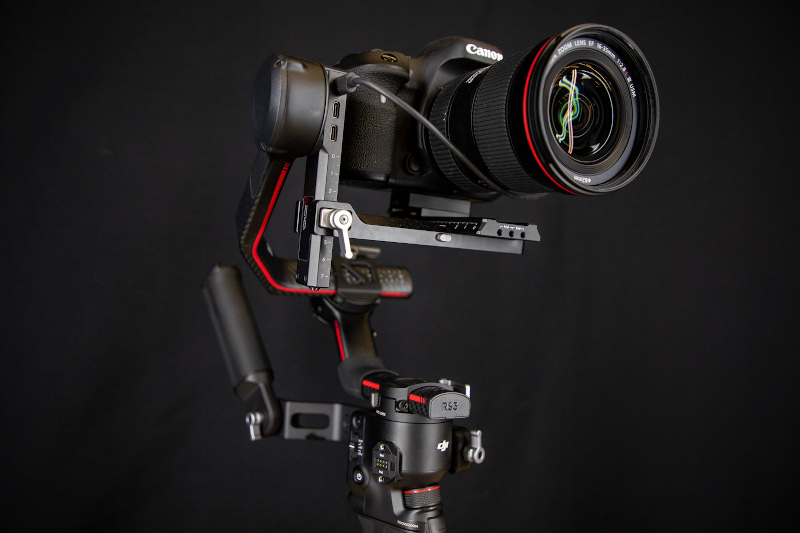What is Telematic Services
The term ‘telematic’ refers to a method of presentation. Telematic Services manages a technology platform that integrates satellite, streaming, and cell phone technology. The services are centred around the interactive broadcast studio, on Stellenbosch University’s main campus. The studio can be configured to be either a formal learning environment with an overhead camera, PowerPoint presentation, and live interaction via WhatsApp or as an informal set for panel discussions or interviews. The studio services are offered as either direct broadcasting or by streaming via the Internet or as an edited recording, or as a combination of these three. Access to a green screen or chromakey and lightboard allows for innovative videos that can be customised to the client’s needs. The informal set can also be further configured in respect to furniture and layout, to suit the needs of the client.
Our Services
Video production
Streaming
Podcast creation
Mobile Camera Unit
Multimedia & video editing
VIEW OUR
Studio Catalogue
The interactive broadcast studio is specifically designed to facilitate various learning environments. It combines physical resources and state-of-the-art technology that accommodates different modes of instruction and ensures high-quality recordings. Flexible seating arrangements, adjustable furniture, and optimized acoustics ensure an engaging learning experience.
What our clients say…
“It is a pleasure to work with such a talented team, they are professional, efficient and they go the extra mile to ensure that client needs are met with care. We would recommend the Telematic Services team to any company who is in need of videography, editing and professional recording studio services.
Overall, a very professional experience, and a really friendly and committed team.”
ERICA BOTHA
Head of Learning and Development
herotel.com
“The Hybrid Learning team’s utilisation of Telematic Services is transforming the education landscape by skilfully merging technology and conventional teaching approaches. This exciting combination enhances the educational experiences at Stellenbosch University, providing a more comprehensive academic offering.”
CHANTELLE VIKTOR
Hybrid Learning Production Coordinator
https://hybridlearning.sun.ac.za/
